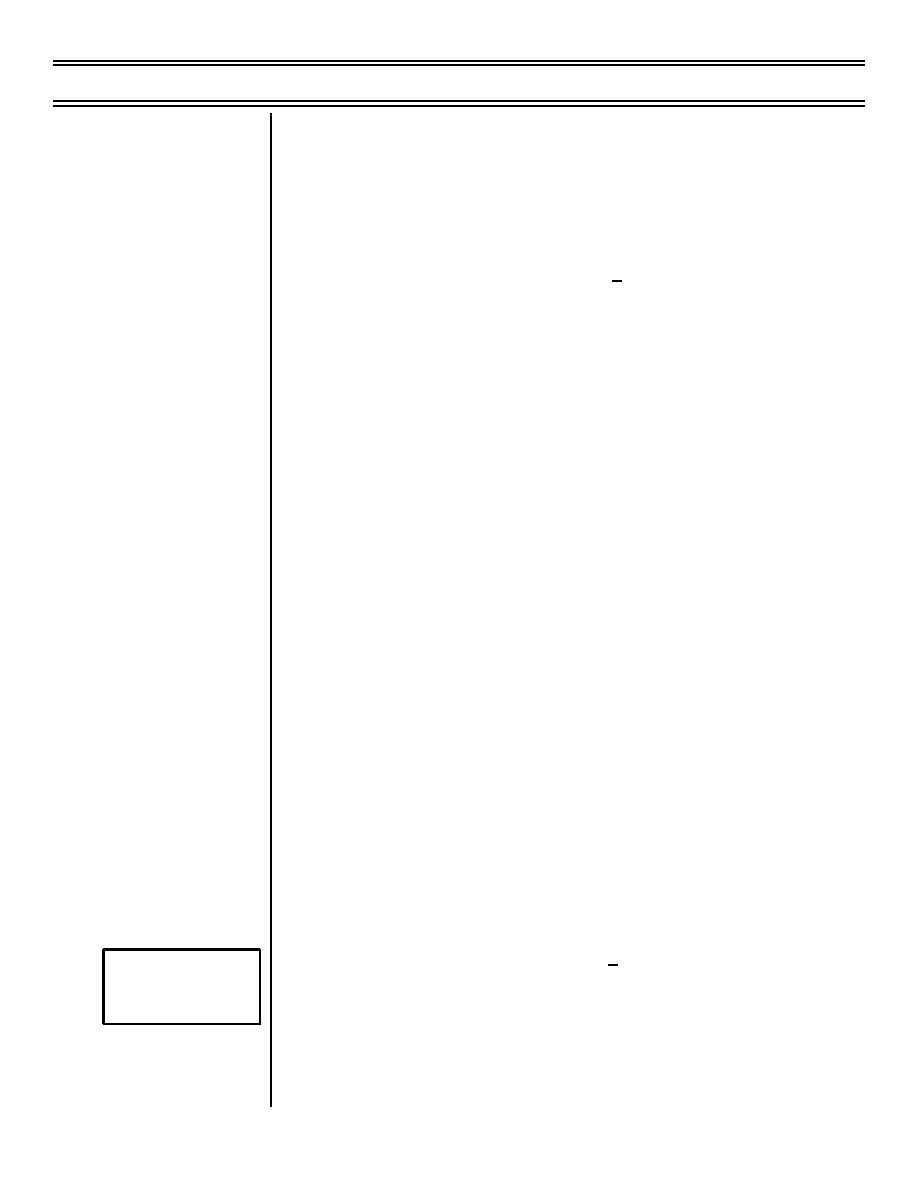
T-45C TS, ADV & IUT ENG-10
Hydraulic System Malfunctions
2.
HYD 2
a.
Rapid pressure loss, as indicated by HYD 2 pressure gauge
b.
Possible noise and vibration associated with deteriorating pump
c.
CWS indications activate at 1660 + 110 psi
d.
RAT extends at approximately 1500 psi, and HYD 2 pressure
gauge indicates Emergency Hydraulic System pressure cycling
between 2500 and 3000 psi
NOTE: Compare this to the indications associated with fluid
loss, as discussed earlier. Notice that if the failure of HYD 2
results from an EDP failure (with no leak), then pressure is
supplied by the RAT. If the failure includes a complete or
continuing loss of fluid, then cycling pressure (indicative of RAT
operation) may be only temporary, if it occurs at all.
B. Verifications
1.
For HYD 1, loss of normal operation of landing gear, brakes, flaps,
slats, hook, speed brakes, NWS, and launch bar
2.
For HYD 2, RAT continues to operate normally--i.e., pressure
continues to fluctuate between approximately 2500 and 3000 psi
3.
If pump failure is associated with leak, fluid loss may be visible to
pilot or another aircraft
4.
HYD 2 caution light ON
C. Effects on flight safety
1.
Aircraft operating without flight control redundancy
2.
Loss of general services
V. RAT failure
A. Failure to extend
1.
Indications
a.
HYD 2 pressure falls below 1500 + 100 psi
Fig 2: Warning and
Caution Advisory
b.
MASTER ALERT has flashed, caution tone has sounded, and
Light Panel
HYD 2 caution light is illuminated
Page 10-6
(9-98) Original



 Previous Page
Previous Page
